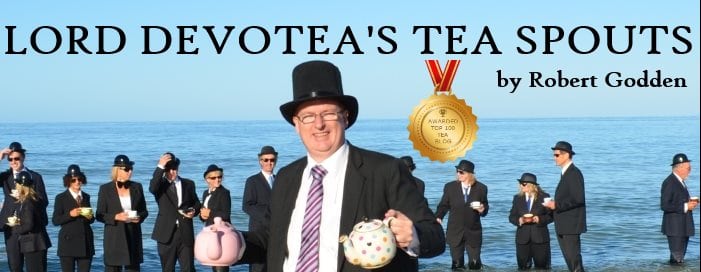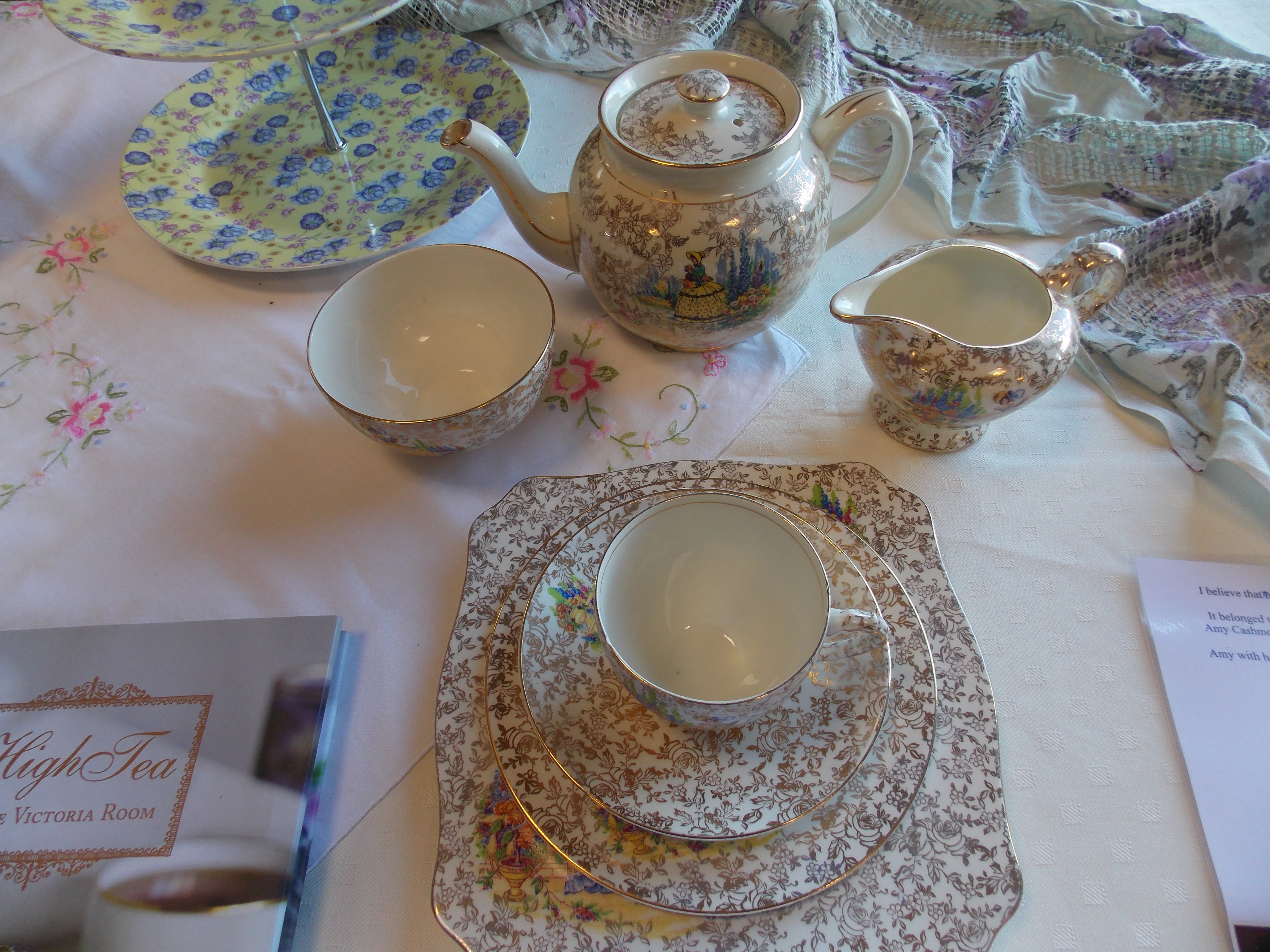Regular readers will be familiar with my complete hatred of teab*gs, and usually, I mention that it’s the things they add: paper, plastic (usually described as ‘silken’ or silky to fool you into thinking it’s silk) string, tags, staples, glue, sneaky unlabeled sugar etc that have no place in my cup of tea.
I even once wrote a terrible Christmas poem in which violence is visited upon Santa over the issue.
But today, I’d like to discuss what is missing in a teab*g tea.
Ritual. Skill. Feel. Joy.
In this post, I’m going to ignore both the quality element – the fact that teabag tea is usually far inferior to the average loose leaf tea, and also the human element, as I’ve written many times about the disgraceful behaviour of large teab*g manufacturers, going back to my first ever tea post. Let’s not cover old ground here.
All forms of making loose leaf tea are quite functional to an extent, but they all start with measuring some tea. Some people use a spoon, some use the digital extraction method (otherwise known as your fingers) and I’ve also seen people pour from a tin directly, albeit carefully, into a pot. Those little spring-loaded infusers can even be dipped directly in a pile of dry tea.
All of this requires judgement. Even if there’s a general consensus that a teaspoon per cup is the best option, every person dispenses a teaspoon very differently. A level teaspoon of tea is rather hard to achieve, but that is the low point, whereas some large teas can be heaped up quite extravagantly on a spoon, The difference could easily be 100%.
Oddly, that’s one argument people* make FOR teab*gs, that it is a set amount of tea. And so let me handle that: are all cups the same size? Is all water the same? Is it always heated to the same temperature? Does everyone want the same strength? Do people who take milk and sugar want the same result as people who don’t?
Just taking the UK, where some credible data exists: 41% of people in Scotland take sugar, versus 26% in Yorkshire. If there’s that much variation in just one element across one porous border, it’s hard to see how dispensing the exact same quantity of tea is a worthy aim.
Now, when you use any of the methods above to dispense your tea, you get to smell it, either inadvertently or deliberately. This adds to the anticipation quite delightfully in the case of a lovely aroma, and is a warning if it doesn’t smell good. It gives you time to change your selection in the case of the latter.
Whatever the medium, pot or infuser, plunger or grandpa-style that you use, there is an auditory element. The rattle of cups, the pinging of metallic spoons, the pop of an opening tin, the rustle of leaves. In our household, our cats understand these sounds and will react accordingly, knowing what is coming next.
At this point, pre-water, we’ve engaged four of our senses directly – hearing and sight (if you have them), smell and touch, even if the touch was via spoon. Taste is in the future.
There is a linear, although meandering and variable, path from “I want some tea” to the pouring. And this is the first part of the ritual. Sometimes, it’s personal. You are alone in your kitchen, getting your tea thing on, and it can be very zen. Or there are two or more of you, working together, falling into familiar patterns and producing a delightful joint effort.
Others who may be on the receiving end of the tea may not get the sights, sounds and feel of the tea making process. They may get to see a pot or other device, but equally may simply get a cup or mug of tea.
What they do get, though, is a very real and deserved pride in undertaking a simple yet nuanced task and producing a fine cup of tea.
There must be a transference of confidence and pride in knowing that a cup did not rely on an inferior, inadequate expression of multinational bastardry, but instead it took skill and care: even if all other factors are the same, the tea will palpably taste better.
___________________________
*specifically, people I get sick of hearing from


All is in the human touch.
Ritual. Skill. Feel. Joy. Like these words. Too often I find that people compare tea with coffee. The latter is prepared in a more scientific way, to make a perfect cup of coffee. Tea doesn’t have to be perfect, it’s more enjoyed and prepared in an artistic way. BTW, there’s also a small amount of gluten in tea bags, just to support your statement more 😉